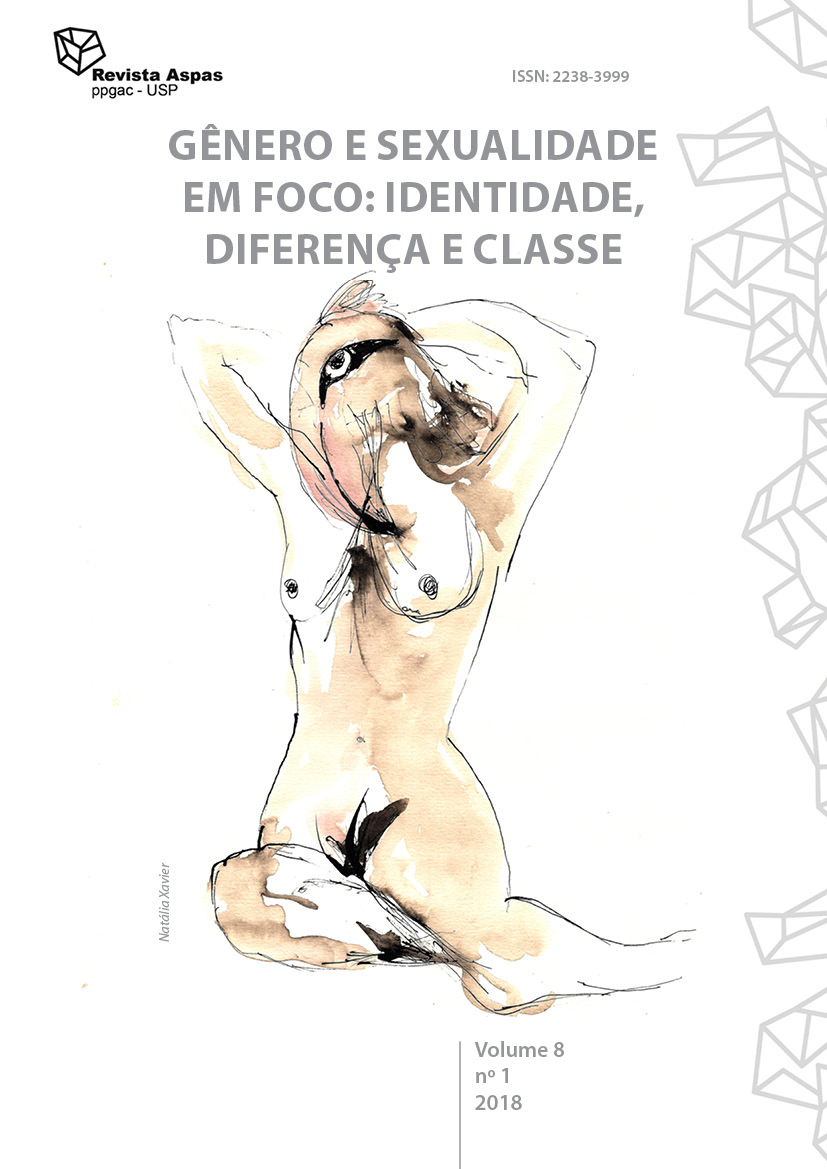Iluminação cênica e desobediências de gênero
DOI:
https://doi.org/10.11606/issn.2238-3999.v8i1p24-40Resumo
Este texto apresenta alguns achados de pesquisa de doutorado recém-concluída sobre transgeneridades e recepção teatral. Um dos aspectos nevrálgicos dos resultados da investigação éo potencial performativo da luz cênica como força lírica de expressão das visualidades de desobediências de gênero. A partir da crítica ao paradigma patológico de “transexualidade”, que reduz a amplitude das transgeneridades à modificação corporal, aventamos a corruptela “luzvesti” (luz + travesti) como operadora do aparato estético da iluminação cênica sobre desobediências de gênero. Nessa mesma direção, embasando-nos em uma perspectiva contrassexual, a ideia de diversidade sexual representada por siglas éposta em xeque em seu produtivismo cardapialista, monossexual e em escala. A partir da análise dos efeitos de luz das encenações A demência dos touros (Cia. Teatro do Perverto, 2017) e As 3 Uiaras de SP City (Laboratório de Técnica Dramática, 2018), tendo ambas abordado as transgeneridades como problemática urbana, pretende-se neste artigo indicar os aportes da iluminação cênica ao redimensionamento teórico dos estudos de gênero a partir das visualidades. Assim, o que se entende por autodesignação identitária em função do desejo ou de práticas sexuais passa a ser tensionado com processos subjetivos e sociais de performatividade e de recepção contrassexuais, percebendo a luz como um elemento de desenho espacial do gênero. A iluminação como traje de cena (vestir-se de luz) éentão vista como uma possível resultante espacial de desobediência de gênero entre a dramaturgia da luz e a atuação da recepção teatral.
Palavras-chave: Iluminação cênica, Transgeneridades, Contrassexualidade, Performance de gênero, Recepção teatral.
Downloads
Downloads
Publicado
Edição
Seção
Licença
Copyright (c) 2018 Revista Aspas

Este trabalho está licenciado sob uma licença Creative Commons Attribution 4.0 International License.
O autor se compromete a sempre que publicar material referente ao artigo publicado na Revista Aspas mencionar a referida publicação da seguinte forma:
"Este artigo foi publicado originalmente pela Revista Aspas em seu volume (inserir o volume), número (inserir o número) no ano de (inserir o ano) e pode ser acessado em: http://revistas.usp.br/aspas de acordo com a Licença Creative Commons CC-BY.







